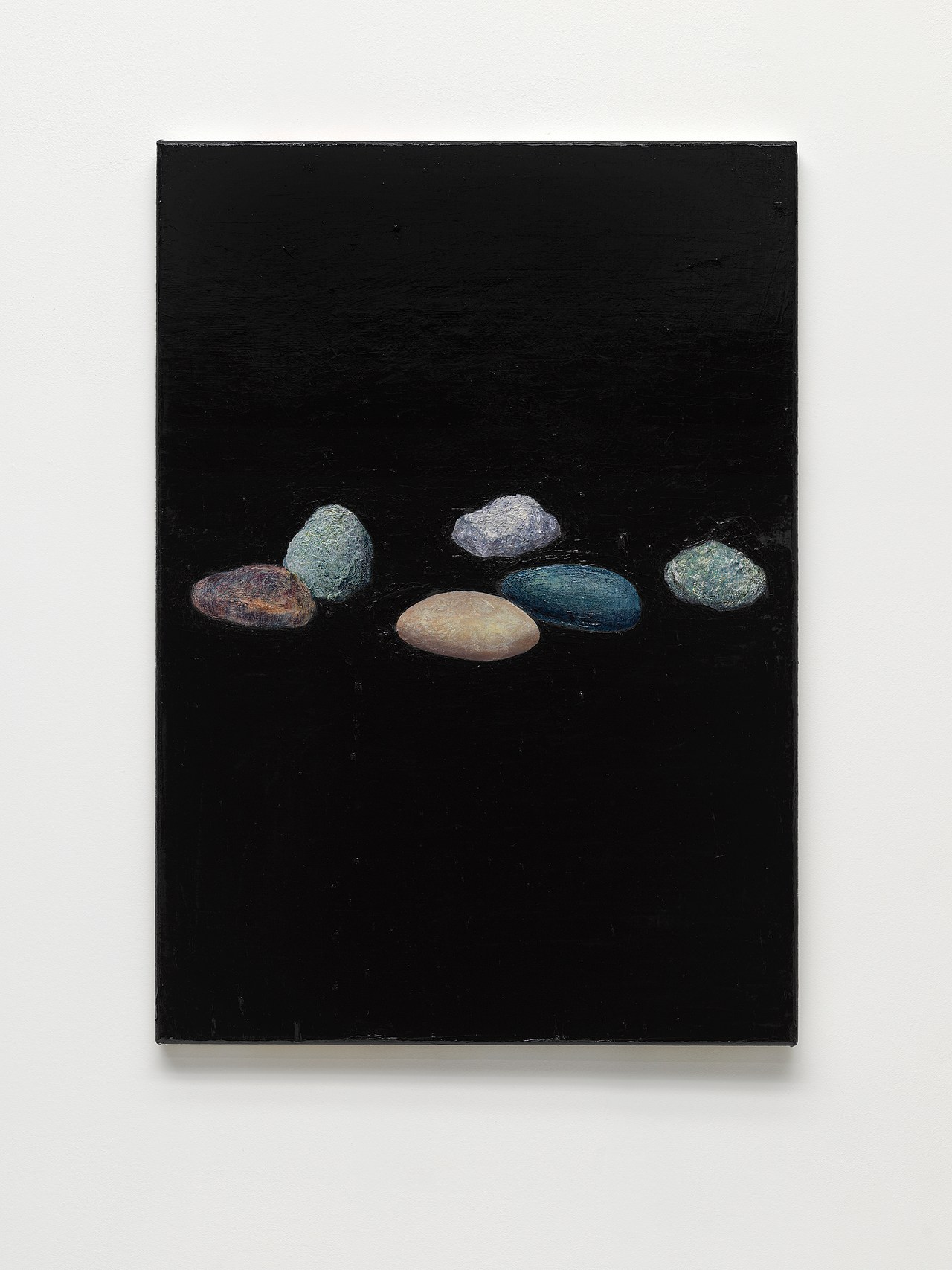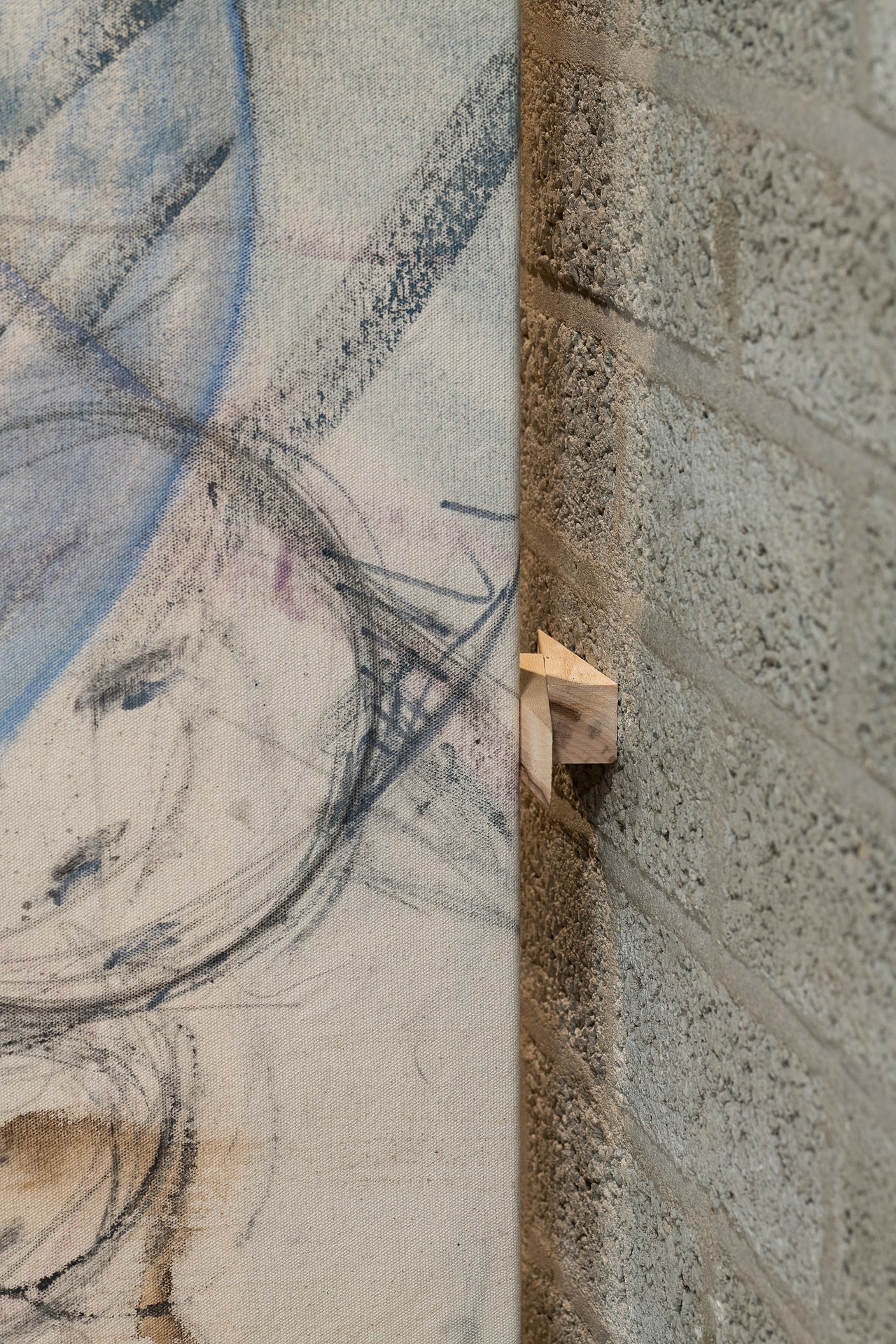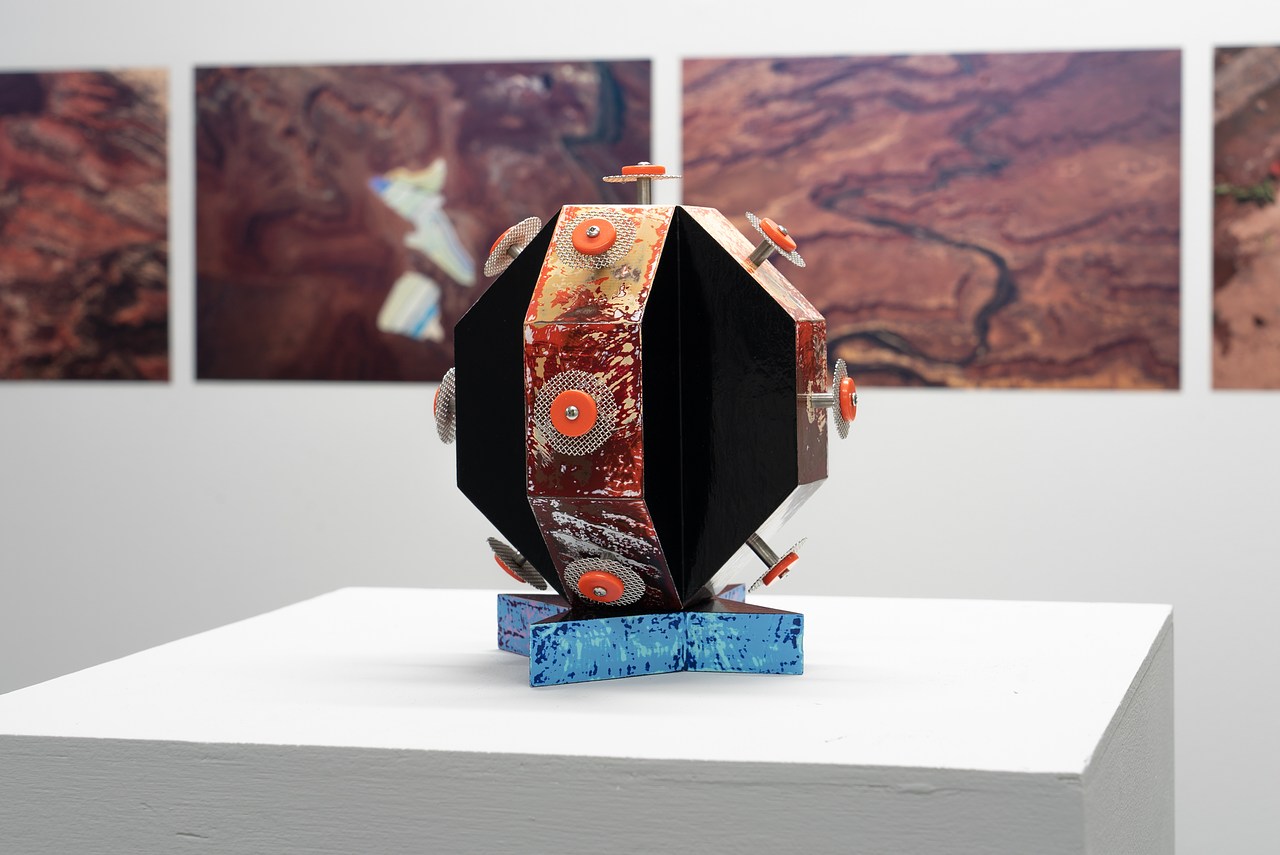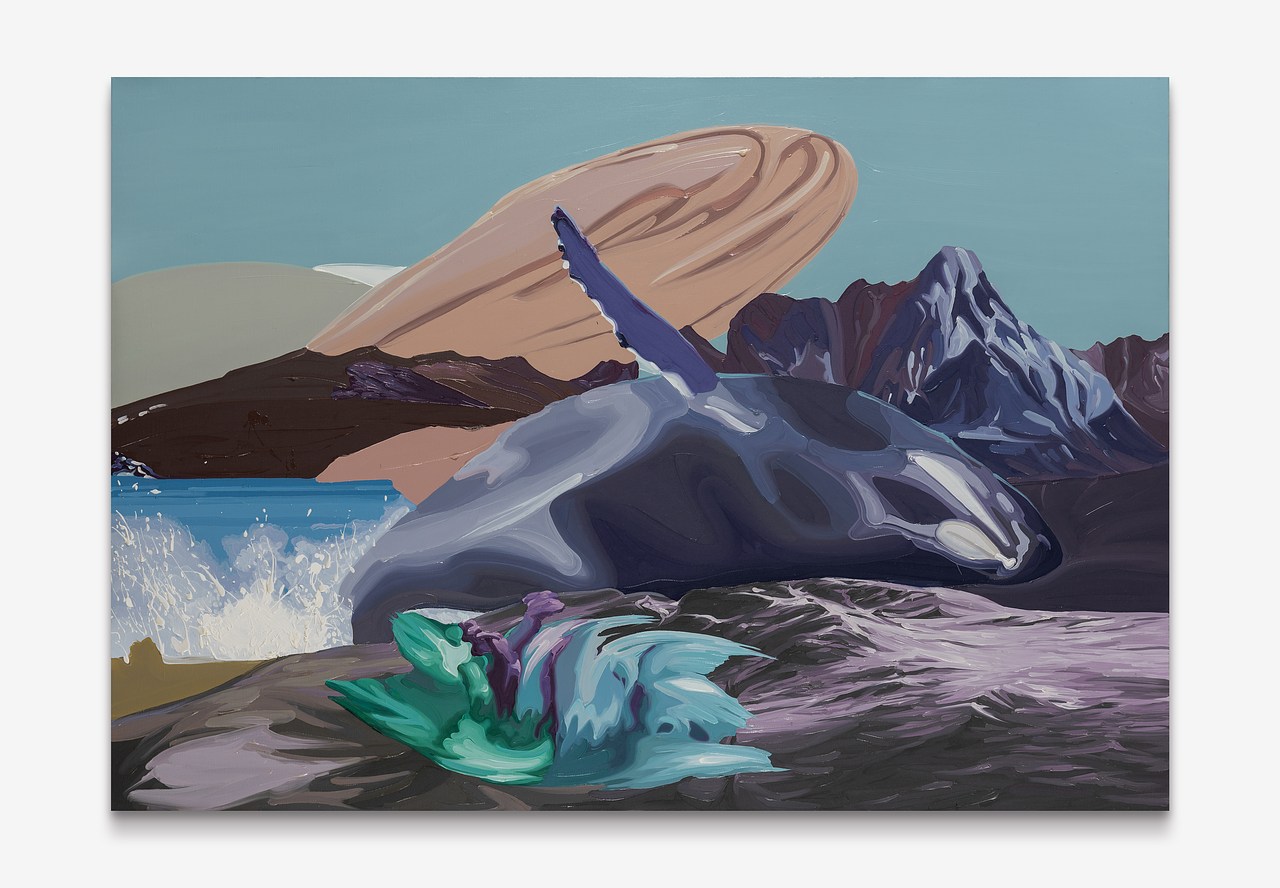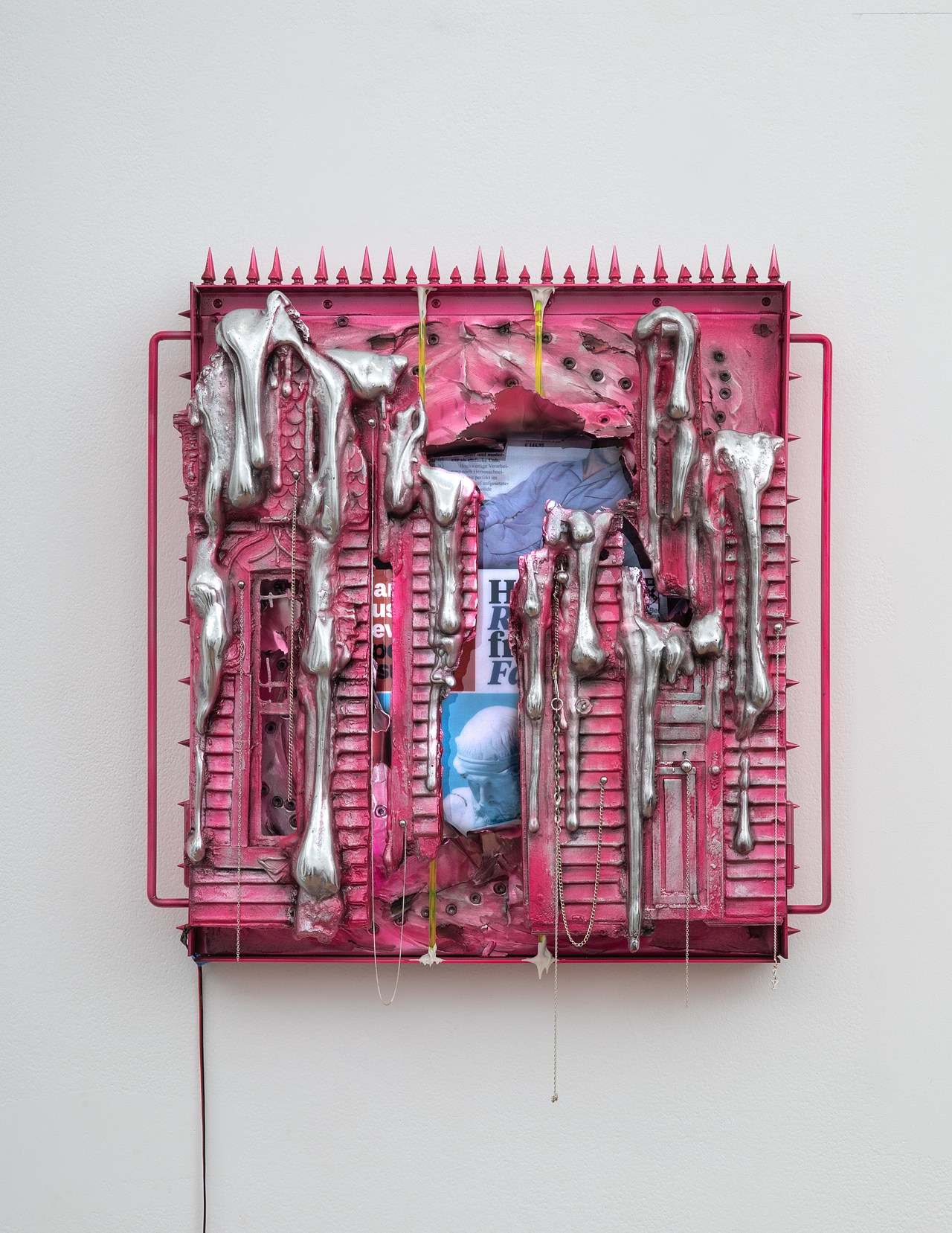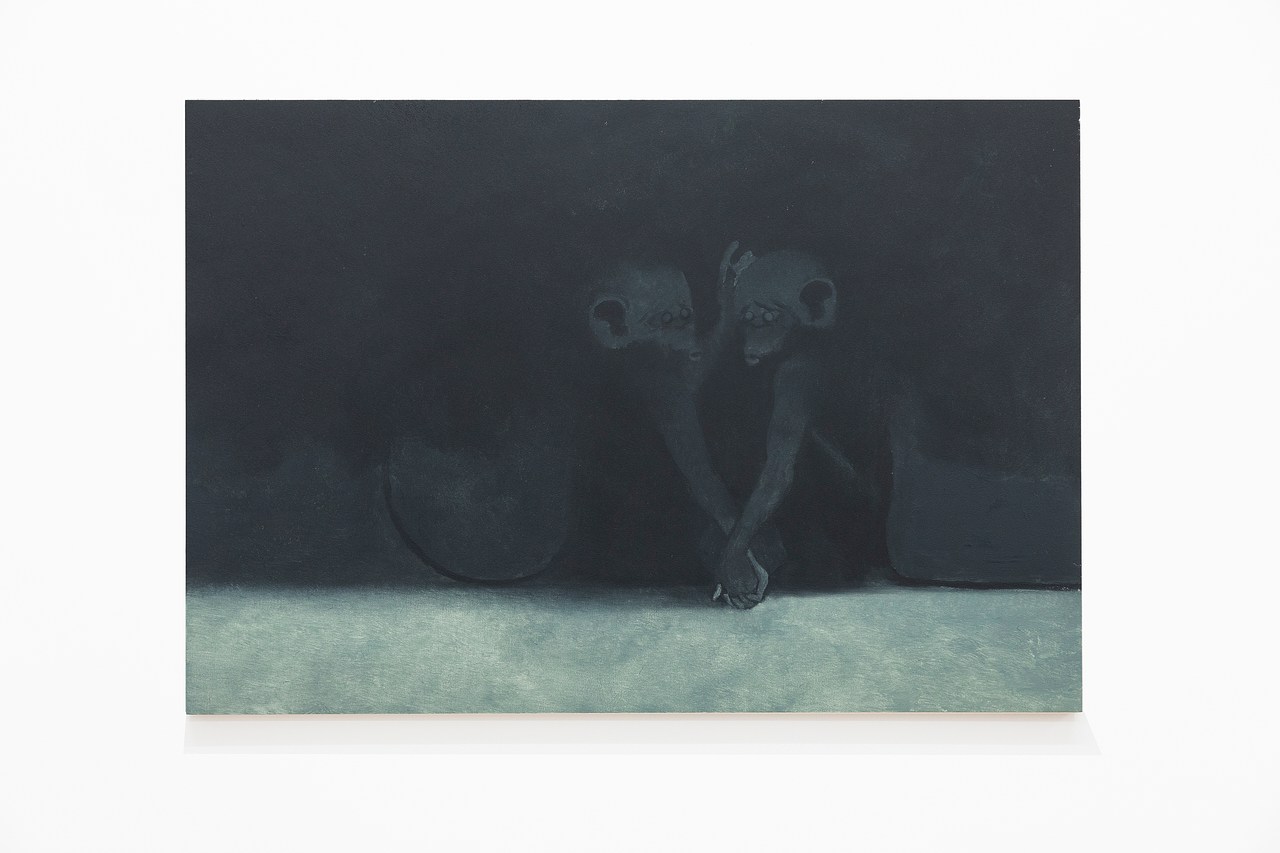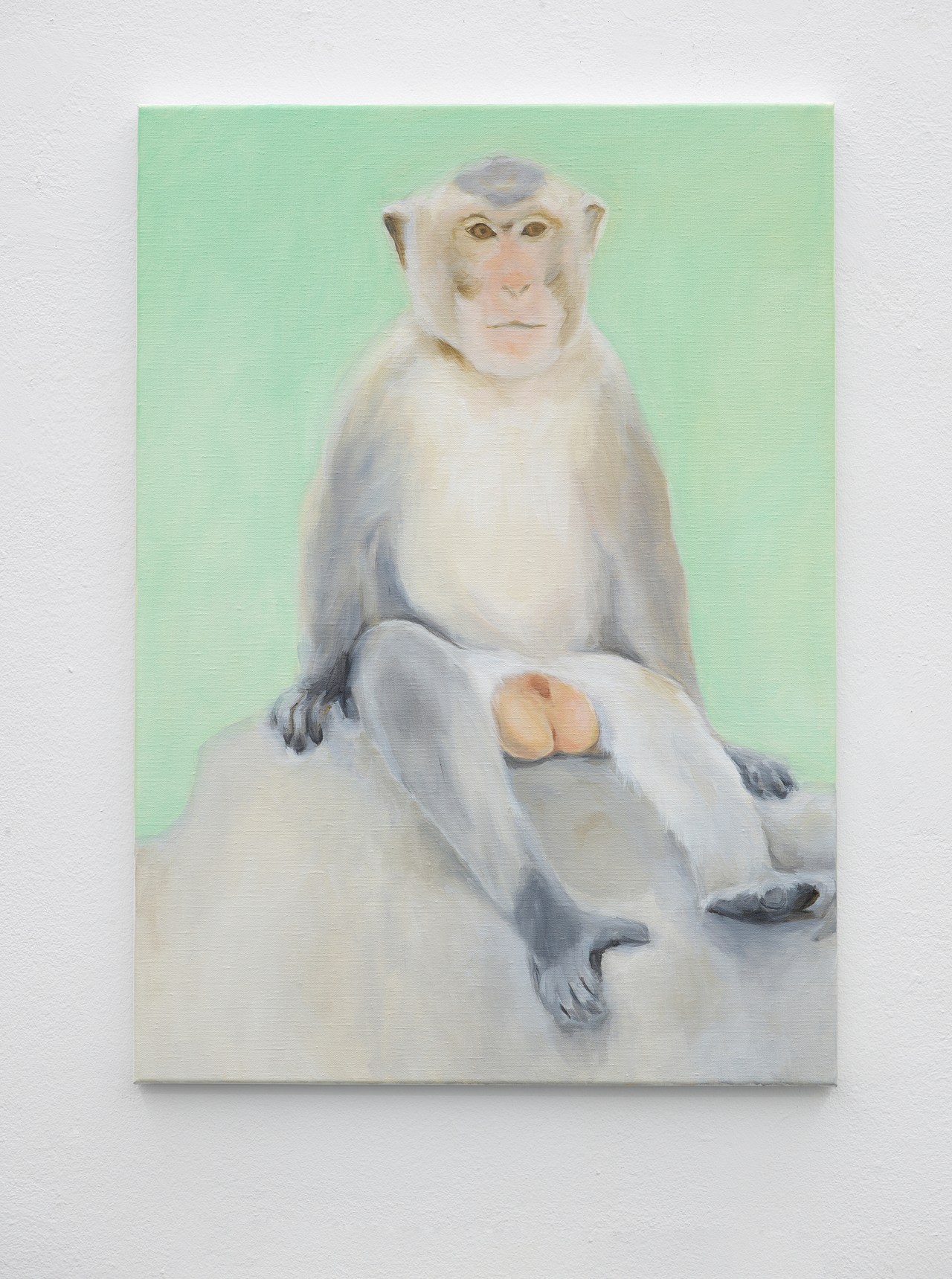The New York-based Andy Warhol Foundation, which distributes grants in the creative sector, has announced the 2022 recipients of its lauded Arts Writers prize.
The non-profit organization will distribute a total of $695,000 that will go to support twenty writers producing project across three literary categories: articles, books, and short-form writing. Each recipient will receive funding between $15,000 and $50,000. The annual grant is focused on supporting arts criticism.
In a statement announcing the awardees, Warhol Foundation Arts Writers Grant director, Pradeep Dalal described this year’s honored writers as “immensely rich.” Topics represented in the projects address issues related to race, eco-activism, and labor.
Dalal went on to describe the need to fund art criticism as “urgent,” amid “publication venues folding, national newspapers reducing their arts coverage and staff, and university presses relying on authors to find additional support for the publication of their books.”
The full list of grantees follows below.
Copyright
© Art News


